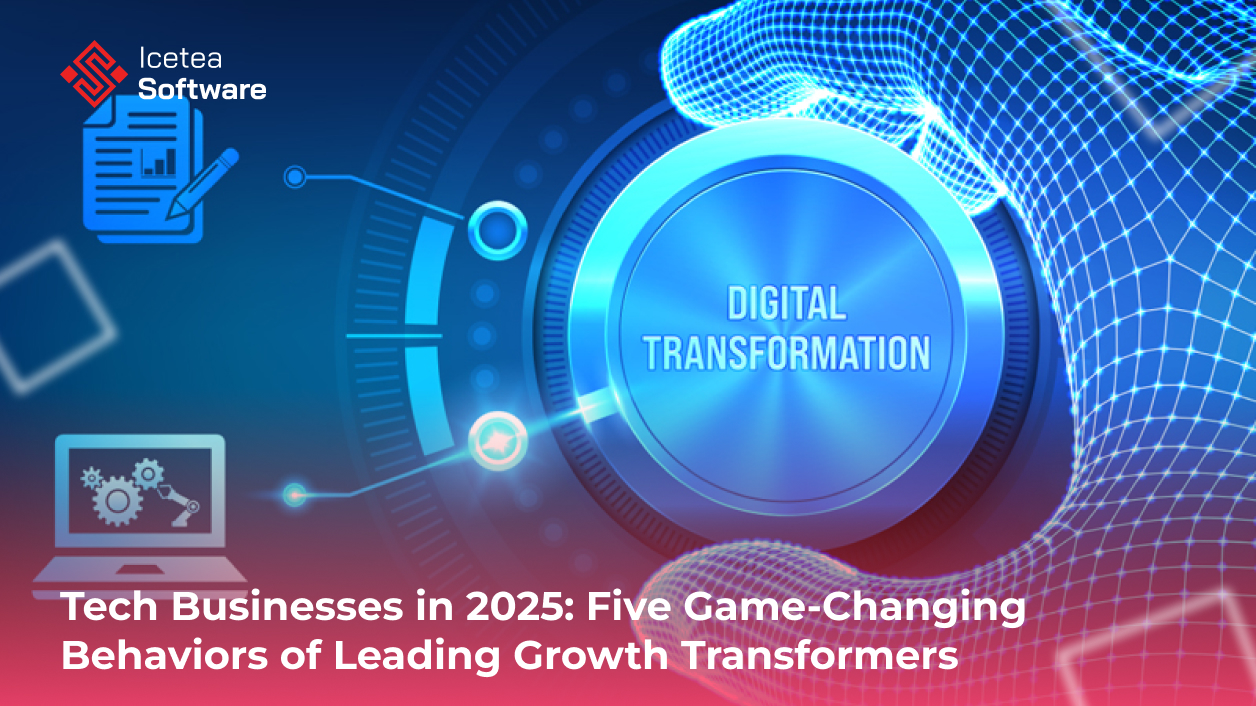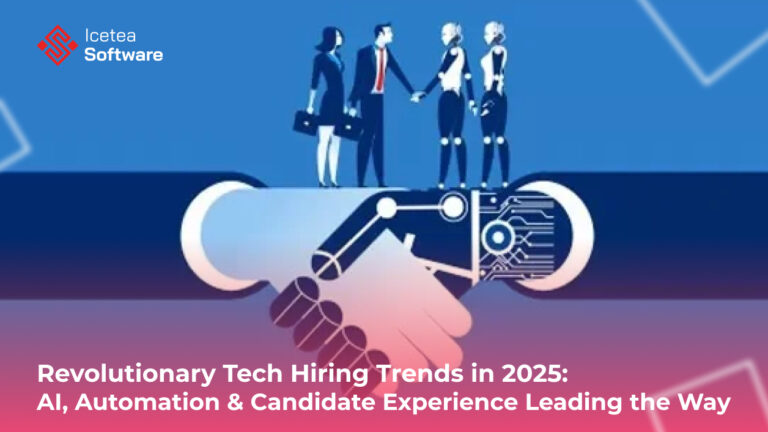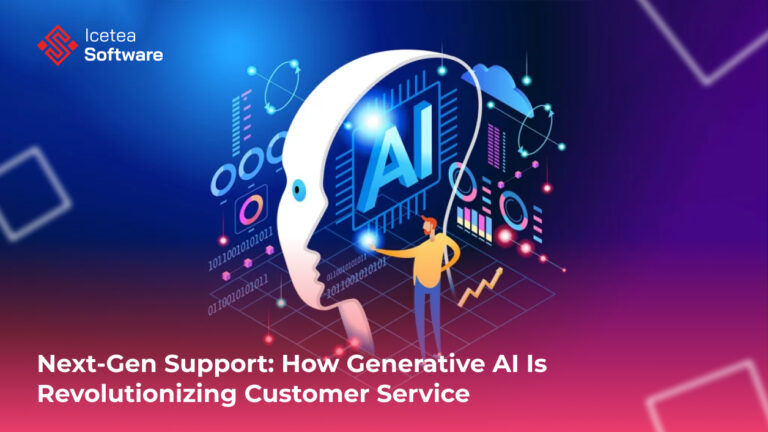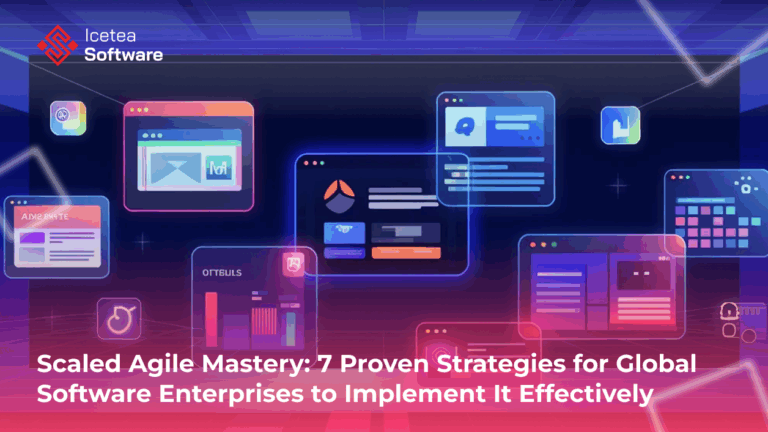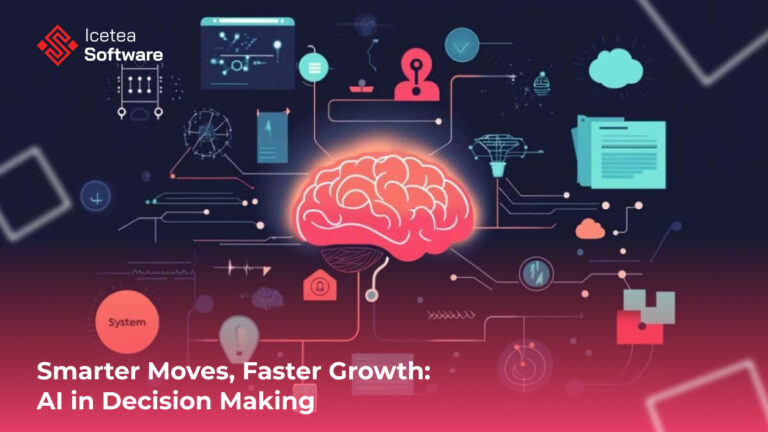Tech Businesses in 2025: Five Game-Changing Behaviors of Leading Growth Transformers
- 1. Start with Competitive and Customer-Centric Insights
- 2. Leverage Ecosystem Partnerships for Scale and Speed
- 3. Make Bold Ambition Part of the Leadership DNA
- 4. Embed Technology and Digital Strategy into the Core Transformation
- 5. Make Decisions Based on Facts, Not Opinions
- Bonus: Embedding Growth Behaviors into the Operating Model
- Final Thoughts
In 2025, tech businesses are under unprecedented pressure to not only survive but thrive amid global uncertainty, digital disruption, and rapidly evolving customer expectations. The most successful companies aren’t just innovating in products—they are transforming their entire business models to unlock sustainable, profitable growth. These elite organizations, dubbed “growth transformers,” distinguish themselves through a specific set of behaviors that drive breakthrough performance.
This article outlines five key behaviors that leading growth transformers in the tech industry are exhibiting in 2025—and why these behaviors matter more than ever.
1. Start with Competitive and Customer-Centric Insights
Growth transformers don’t look inward to define their strategy; they look outward—towards markets, competitors, investors, and, most importantly, customers.
Why It Matters:
In an industry where user expectations evolve rapidly and disruptors can rise overnight, companies that start with internal benchmarks are already behind. Leading tech companies build their transformation roadmap based on real-time, high-quality data about market shifts, emerging technology trends, and unmet customer needs.
How It Works:
Top-performing tech firms begin their transformation journey by conducting a thorough competitive diagnostic. This includes:
- Market mapping to identify growth pockets
- Voice of the customer (VoC) programs to gather actionable feedback
- Competitive benchmarking using external analytics and investor expectations
- Growth spread matrix modeling to weigh organic growth potential vs. margin improvement
Armed with these insights, tech leaders shape bold, external-facing growth aspirations. For example, a SaaS company might uncover that its mid-market competitors are under-serving API functionality, leading to a strategic push for API-first features that capture share.
2025 Insight:
In 2025, companies are increasingly integrating AI-powered sentiment analysis, competitor intelligence platforms, and predictive market modeling to shape sharper insights. Those that ignore the external lens risk being outpaced by data-savvy rivals.
2. Leverage Ecosystem Partnerships for Scale and Speed
Gone are the days when tech firms could grow alone. Today’s growth transformers understand that achieving scale, innovation, and customer reach requires partnerships.
Why It Matters:
Transformation is a full-spectrum challenge—demanding talent, tools, capabilities, and speed. Strategic partnerships allow companies to fill gaps quickly, test new markets, and accelerate deployment.
How It Works:
Leading tech businesses build ecosystems across three dimensions:
- Capability partnerships: Working with AI, cybersecurity, cloud, or data providers to fill technical gaps.
- Go-to-market alliances: Collaborating with distributors, marketplaces, and resellers for rapid customer acquisition.
- Innovation co-creation: Partnering with startups, universities, or R&D firms to jointly build future-ready solutions.
For instance, a digital health tech company might partner with a wearable device brand to collect richer health data and deliver personalized services. Another example is a cloud infrastructure provider that builds strategic alliances with low-code platforms to create seamless developer experiences.
2025 Insight:
With cloud-native architecture and APIs at the core, tech companies in 2025 can more easily “plug and play” into value chains. The key differentiator isn’t just having partnerships—it’s orchestrating them with speed, mutual value, and strategic alignment.
3. Make Bold Ambition Part of the Leadership DNA
Bold ambition is no longer optional—it’s the price of admission. Leading growth transformers embed ambition into the culture, starting at the top and cascading across the organization.
Why It Matters:
Tech businesses operate in winner-take-most markets. Without a bold growth agenda, companies risk being relegated to slow-growth status—or worse, disruption. Visionary leadership is what sets growth transformers apart.
How It Works:
- High-bar target setting: Leaders set aggressive goals—often 2-3x current performance—anchored in external opportunity, not internal constraints.
- Ambition-linked performance culture: Leadership rewards employees who bring moonshot ideas to life, solve complex problems, or deliver step-change outcomes.
- Leadership role-modeling: Senior executives regularly communicate the growth ambition and demonstrate commitment through behavior, not just slogans.
- Acceleration offices (AOs): A central growth taskforce drives execution, supported by tools like win rooms, quarterly business reviews, and real-time dashboards.
Take the case of a fintech firm targeting 10x growth in users over three years. Instead of incremental improvements, it mobilizes cross-functional “breakout teams” empowered to redesign onboarding, expand to underserved markets, and automate compliance with AI.
2025 Insight:
In 2025, leading tech firms are measuring leadership effectiveness by growth-driving behaviors—not tenure or operational experience. Ambition is evaluated through real outcomes, not intentions.
4. Embed Technology and Digital Strategy into the Core Transformation
Digital maturity has long been a goal for tech companies—but in 2025, it’s a fundamental requirement for transformation success. Leading growth transformers don’t treat technology as an add-on; it’s embedded from day one.
Why It Matters:
Growth isn’t just about adding new products—it’s about doing everything faster, smarter, and more efficiently. In 2025, digital strategy is a growth engine.
How It Works:
- Tech debt assessment: Companies begin by assessing where they lag digitally—legacy infrastructure, data silos, manual processes.
- Digital-first design: All growth initiatives—from customer journeys to pricing models—are designed with automation, AI, and cloud in mind.
- AI and analytics integration: Predictive models drive decisions around pricing, churn, lead scoring, and resource allocation.
- Transparency and agility: Digital dashboards, DevOps pipelines, and product telemetry provide real-time visibility into execution.
For example, a B2B software firm might use generative AI to build a virtual customer success assistant, cutting onboarding time by 50%. Or a hardware company might digitize the entire supply chain, allowing for instant response to disruptions.
2025 Insight:
By 2025, the gap between digitally mature and digitally lagging tech firms is wider than ever. Leading transformers view tech not just as enabler—but as a multiplier of every growth lever.
5. Make Decisions Based on Facts, Not Opinions
In the most effective tech organizations of 2025, intuition takes a backseat to evidence. Growth transformers make disciplined, data-backed decisions at every level.
Why It Matters:
Fast-moving markets require fast, accurate decisions. Companies that rely on gut feel or outdated dashboards find themselves outpaced.
How It Works:
- Single source of truth: Unified data platforms aggregate metrics across product, customer, finance, and operations.
- Decision rights and accountability: Teams know who decides what, by when, using which data. Decisions are recorded and reviewed.
- Continuous learning: Feedback loops and postmortems ensure every sprint, launch, and campaign improves the next one.
- Pushed-down decision making: Empowering teams closest to the customer or code to act quickly without bureaucratic delays.
A global enterprise software company, for example, might use cohort analysis and AI simulations to decide which customer segments are most likely to upgrade, guiding marketing spend. Meanwhile, engineering teams rely on A/B test results rather than management directives to determine UI improvements.
2025 Insight:
The competitive edge lies in turning high volumes of data into high-velocity decisions. Successful growth transformers invest in data governance, literacy, and tools so everyone from C-suite to scrum master can act with confidence.
Bonus: Embedding Growth Behaviors into the Operating Model
These five behaviors aren’t slogans—they’re daily habits that become institutionalized through new ways of working:
- Customer feedback loops (e.g., in-app surveys, NPS-based dashboards)
- Formal performance management (with KPIs tied to growth outcomes)
- Clear behavior expectations (especially around speed, ambition, and collaboration)
- Transparency across teams (including open access to goals and performance data)
- Decision ownership at all levels (avoiding bottlenecks and encouraging initiative)
When these are hardwired into the operating model, transformation becomes not just possible, but inevitable.
Final Thoughts
As we move deeper into a decade defined by AI, climate urgency, and geopolitical volatility, growth is no longer just a goal—it’s a necessity for survival in tech. But not all growth is created equal. Only those organizations that adopt the right behaviors—rooted in data, ambition, partnerships, technology, and leadership—will break away from the pack.
The five behaviors outlined here are not silver bullets, but when executed together with rigor and consistency, they form a powerful operating system for transformation.
In 2025 and beyond, tech businesses that dare to dream big, act fast, and lead with discipline will be the ones to watch—and emulate.
————————–
𝗜𝗰𝗲𝘁𝗲𝗮 𝗦𝗼𝗳𝘁𝘄𝗮𝗿𝗲 – Cutting Edge Technologies!
Website: iceteasoftware.com
LinkedIn: linkedin.com/company/iceteasoftware
Facebook: Icetea Software
